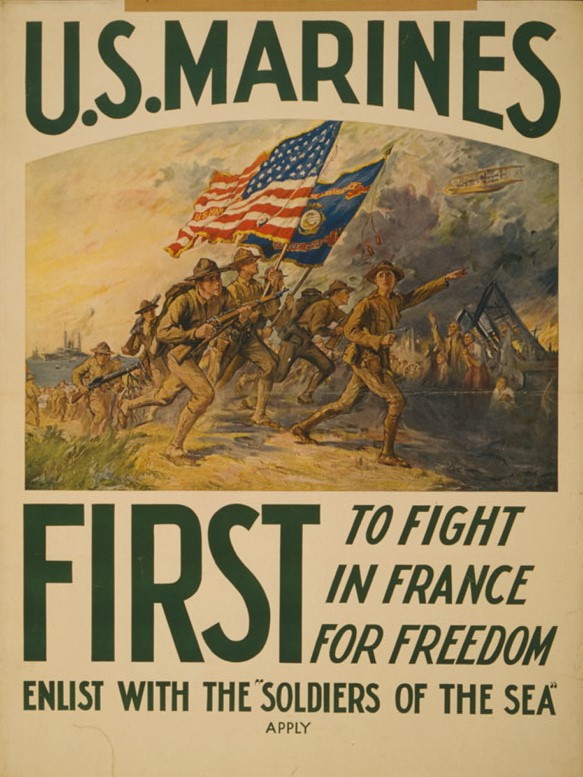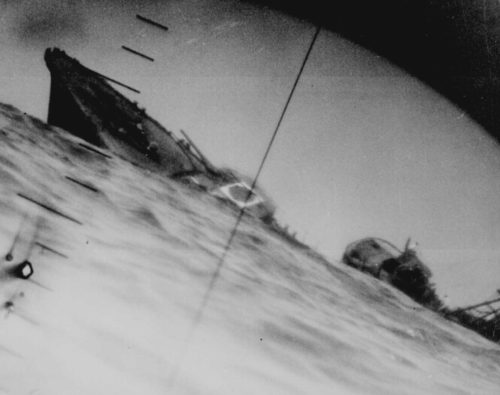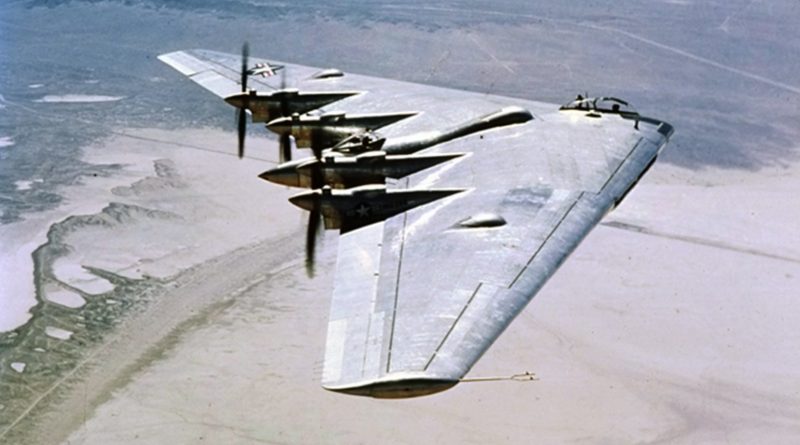June 25 in U.S. military history
1864: Fighting at Petersburg (Va.) has reached a stalemate and Lt. Col. Henry Pleasants comes up with an idea. Soldiers of the 48th Pennsylvania Regiment – mostly coal miners before the war – begin construction of a 500-foot long underground shaft. Once the soldier-miners reach enemy trench line on July 30, they detonate the gunpowder and blow a hole in the Rebel trenches, instantly killing nearly 300 Confederate troops. Unfortunately for the Yankees, they are unable to quickly exploit the breach and Brig. Gen. William Mahone seals the hole and defeats the Union assault.
1876: In southeastern Montana Territory, Lt. Col. George Armstrong Custer’s 7th Cavalry Regiment squares off against thousands of allied Lakota and Cheyenne Indian warriors under the command of Crazy Horse and Chief Gall in the Battle of the Little Bighorn. The Americans are encircled and annihilated. Custer, his two brothers, a nephew, and a brother-in-law are among the 268 Americans killed in action.
“Custer’s Last Stand” is the greatest defeat for the Americans during the Great Plains War.
1917: The first convoy of troop transport ships carrying the American Expeditionary Force arrives in France. More than two million Americans will serve on the battlefields of Western Europe, and over 50,000 will lose their lives during World War I.

1918: After what Gen. John J. Pershing called “the most considerable engagement American troops had ever had with a foreign enemy,” Marines finally secure Belleau Wood.
1942: Maj. Gen. Dwight Eisenhower arrives in London and is named Commander of U.S. Forces in Europe, despite having no combat experience in his 27-year career.

1943: As the United States military prepares for the upcoming invasion of Sicily, the Northwestern African Air Force launches its largest bombing raid to date, targeting Messina with 130 B-17 Flying Fortresses.
1946: (Featured image) Northrop’s XB-35 flying wing makes its maiden flight. The heavy bomber prototype featured a massive 172-foot wingspan and could carry over 50,000 lbs. of ordinance – the equivalent of four B-29s or 10 B-17s – but the program is cancelled three years later.
1950: At 4:00 a.m. 10 divisions of North Korean soldiers cross the 38th Parallel into South Korea, kicking off the Korean War. The Communists roll over the fledgling Republic of Korea troops and drive their way towards the capital city of Seoul.
Within days, President Harry S. Truman authorizes Gen. Douglas MacArthur (Commander-in-Chief of Far East Command) to deploy troops. The ill-prepared American military sends Task Force Smith, a short-staffed battalion of infantry and an artillery battery to Pusan where the troops will attempt to hold up the North Koreans and buy time until additional forces can mount a counterattack.
1996: Hezbollah terrorists park a truck bomb next to an eight-story apartment building in Khobar, Saudi Arabia, and race away from the compound. The Khobar Towers housed U.S. airmen deployed to Saudi Arabia that enforced the southern no-fly zone over Iraq. Air Force security policeman Staff Sgt. Alfredo R. Guerrero spots the suspicious activity, then begins an evacuation of the towers, undoubtedly saving many lives, but the terrorists remotely detonate the 5,000 lbs. of plastic explosives, killing 19 U.S. airmen and wounding some 500.
The Khobar Towers attack was the deadliest terrorist attack on U.S. forces (at the time) since Hezbollah’s 1983 attack in Beirut.
